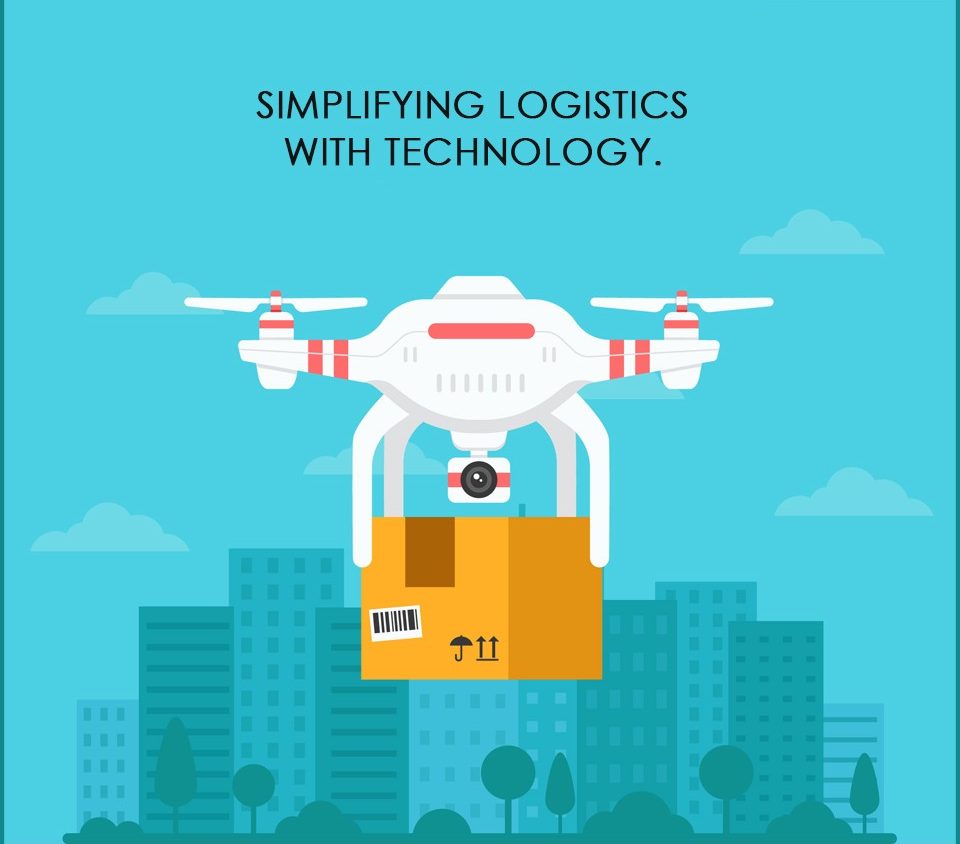Now a days to build a website basically we need to use HTML and CSS together at first step for giving the website a look. As HTML have upgraded to its HTML5 version along with CSS have upgraded to its CSS3 version. The new upgrades have brought many advantages for the websites as well as for developers. In this blog we are going to discuss what actually HTML5 and CSS3 are with their advantages.
What is HTML5?
HTML stands for Hyper Text Markup Language. And, HTML5 is a markup language for structuring and displaying content for the World Wide Web. It is a revised version of the original HTML standard that was created in 1990 with an objective to define the Open Web platform.
HTML5 is developed to meet the growing demands presented by today’s media, cross-device and mobile internet needs. We can say, it is a great tool for cross-platform mobile app development because many of its features have been adapted with the consideration of accessing on low powered devices, including Tablets and Smartphones.
To an addition, HTML5 offers one common interface in order to make loading components simpler. For example, HTML5 doesn’t require Flash plugin because the element will run by itself.
HTML5 is supported by the latest web browsers on PCs and tablets. Well, one of the design objectives for HTML5 is to support for multimedia on different mobile devices. New syntactic features were popularized to support audio, video, and canvas tags.
What is CSS3?
CSS stands for “Cascading Style Sheets’ that is a style sheet language used to define the presentation semantics (the overall look and formatting) of a document that is written in a markup language. It is a language of design for web pages that give website designers the ability to think how their website documents will look in the final environment.
CSS is interpreted by all graphical browsers regardless of operating system or device. It was designed to differentiate between the document content and the presentation of the document using components such as fonts and color. It is used to fine tune the visual appearance of a web page specific to a particular screen size. And CSS3 is the latest standard for CSS. It is entirely backwards-compatible with older versions of CSS.
Advantages of HTML5 and CSS3
By using HTML5 and CSS3, many businesses are developing and expanding web content and web apps with an aim to create well-defined and accurate web pages and web systems that can access on different devices, web browsers, and operating systems.
The advantages of HTML5 and CSS3 are as follows:
1. Cost effective Multi-Platform Development
A single line of code can be used on multiple platforms and devices, and this is an advantage because it reduces the development and maintenance costs over the website or web app’s lifetime. The recent best practice for cross-platform such as Android and IOS application development is a “Hybrid”, wherein web standards are supported within a native app “wrapper that can be easily placed in the Android or iOS store.
2. Offline browsing
Applications can be used offline, without the need of an internet connection. Similarly, the HTML5 supports local storage of web application code and content via the offline application cache. It is one of the great advantages to businesses such as publishers, who can offer an offline web experience for their potential readers. In fact, an offline cache also generates excellent performance improvisations.
3. Expansion of Video to an ample range of platforms
HTML5 has a native video support and can be directly developed into the supporting browsers that enable quicker, high-quality videos distribution. In fact, the inclusion of direct video content on a web page can also boost the ranking of the website in search engine results. It is because videos quickly appeal to the visitors and quality content always increases the ranking of a site.
4. SEO-Ready
If the structure of a site is not semantically right, then the page will not gain a good rank in a search engine results. If your web page is not well-structured, then there is no use of content marketing. The structure of a site should be easily readable by a search engine, in a logical document structured, in order to gain a good ranking.
However, HTML5’s new components can depend on when websites are being re-indexed on search engines, as particular markup features of HTML5 are of value when SERPs are being determined.
5. A good user experience
HTML5 provides a broader range of designing and presentation tools across media types with an objective to give the developers greater scope to create a perfect site and web applications. Its is significant from the business viewpoint because user engagement automatically increase the productivity of a website.
6. Compatible with multiple browsers
It is not necessary that all browsers support all the web pages or web applications. But the implementation of HTML5 CSS3 allows the designer to craft a compatible site or app within all the browsers.
7. Geolocation
HTML5 supports geolocation. Once a user opts to share their location an HTML5 application can use the use’s location. This can be of primary importantce when developing location based services or apps.
8. Extension of video to a wide range of platforms
HTML5 has native video support and can be directly built in to the supporting browsers which allow faster, high-quality video’s to be distributed. The inclusion of direct video content on a web page can also impact positively on SEO, as it is unique, engaging and therefore is included in ‘quality content’ that search engines are looking to send users to.
The future development of HTML5 apps may outstrip to the better access to business intelligence because all devices that are compatible with HTML5 will share the same potential together collapse and use data by using cross-devices browser based analytic tools.
Conclusion
HTML5 and CSS3 represent numerous opportunities in the web development for business that develop and deploy online content and web applications. Overall, by using both of these tools in your businesses web development you can optimize your users web experience, provide a solid foundation for your SEO and content marketing strategy and significantly reduce your cross platform web development and support costs whilst increasing your reach and optimizing web experience.
Please share if you like it!
Follow me on LinkedIn
By profession I am a Frontend Developer at Openweb Solutions.






